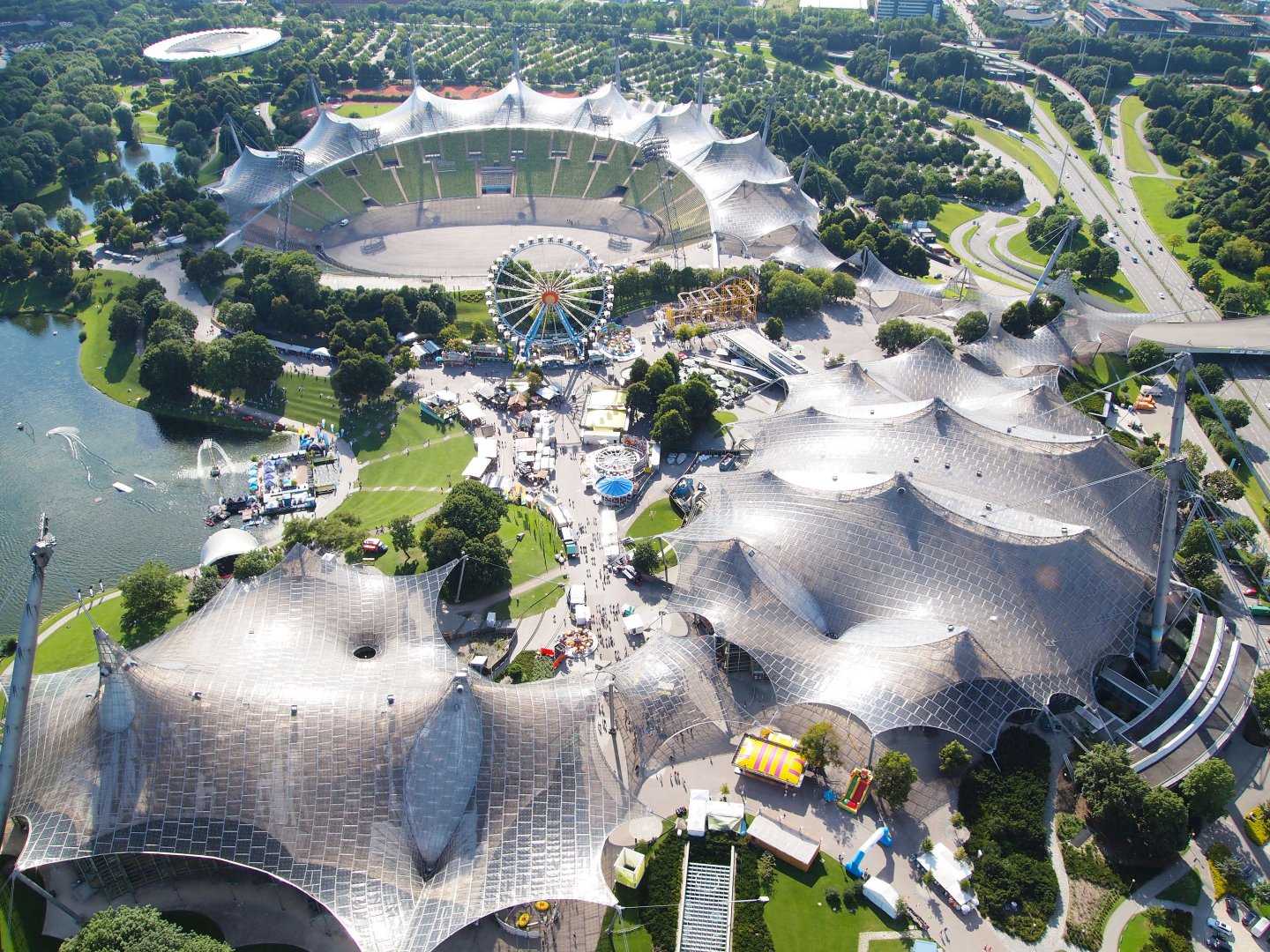
Parametric Study of the Mechanical Behaviour of Membrane Tensegrity
Please login to view abstract download link
Membrane tensegrity, a structure made of separate bars placed within a membrane, combines Kenneth Snelson’s tensegrity principles with the potential to create spatial enclosures through continuous enveloppes. Current knowledge does not yet support architectural applications of such systems. This paper proposes a new approach to model their behavior and identify key parameters of these structures. Gupta et al. implement membrane tensegrity by inducing deformation in a plane while restricting the position of the supports. This system has limited stiffness: the soft membrane creeps over time, the geometry after deformation lacks stiffness to carry loads and the efficiency of constraining the supports is limited. Research advances based on Gupta’s studies without questioning its methodology. While small-scale models are still studied, they fail to represent architectural scale. Relative stiffness is not preserved, and edge effects are overrepresented. We discuss the need of targeting synclastic surfaces and use stiffer membranes. After demonstrating the geometrical stiffness of a synclastic membrane tensegrity, we look at a physical prototype made to support our hypothesis. We model the mechanical behavior based on isogeometrical analysis to predict tensegrity behavior under self-weight. This model allows us to perform a parametric analysis to identify key parameters influencing structural rigidity, with a focus on surface curvature and bars number. For an architectural application, we tried to standardize the size of the bars used through different paving methods and studied the transition to a larger scale of 5mx2m. This work highlights the benefits of using synclastic surfaces, stiff membranes, and creating tiling directly from the target surface. Optimal values for the significant parameters have been identified. Efforts to develop the system pave the way for a tangible architectural application. Study limitations and future work include membrane stresses, asymmetric loading, and large-scale prototyping.

